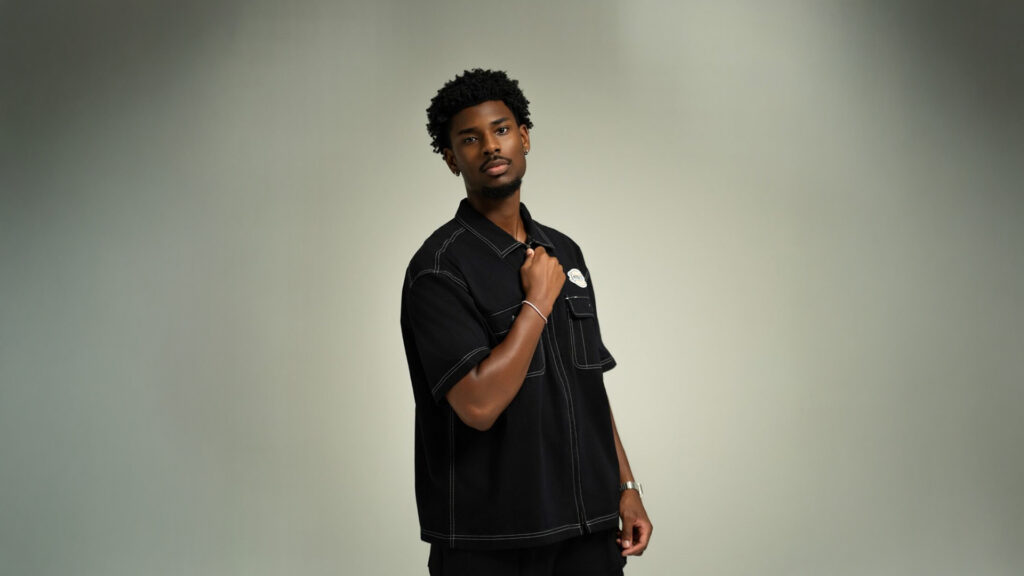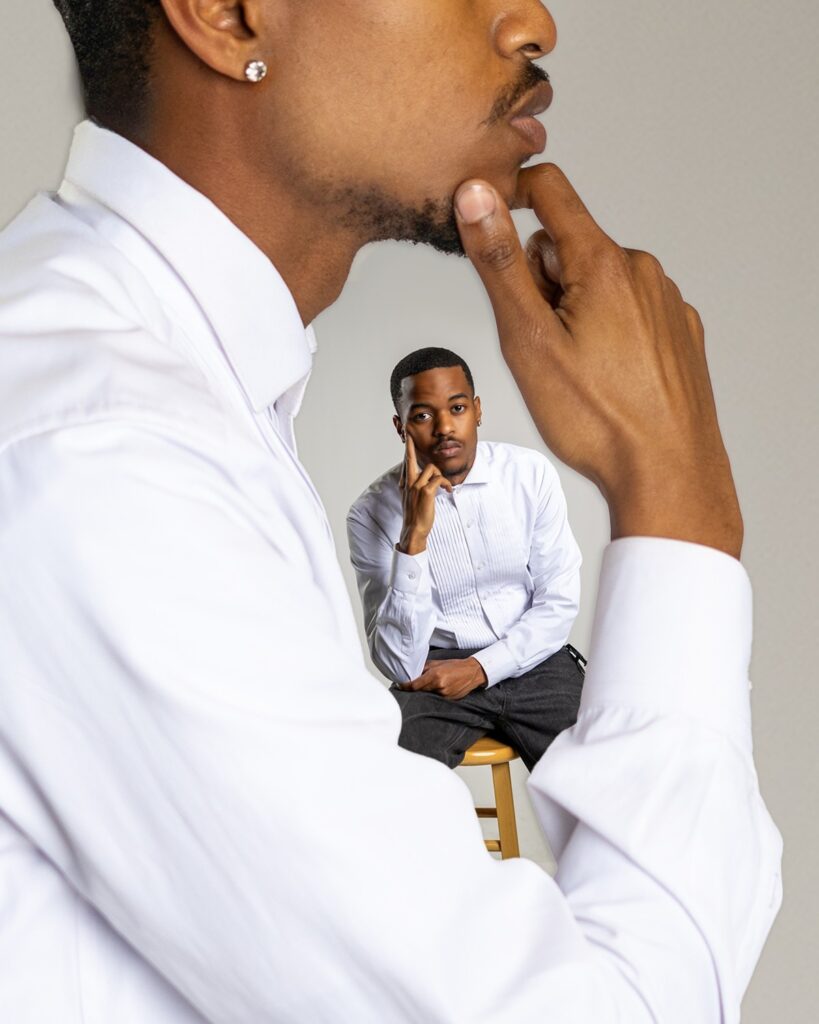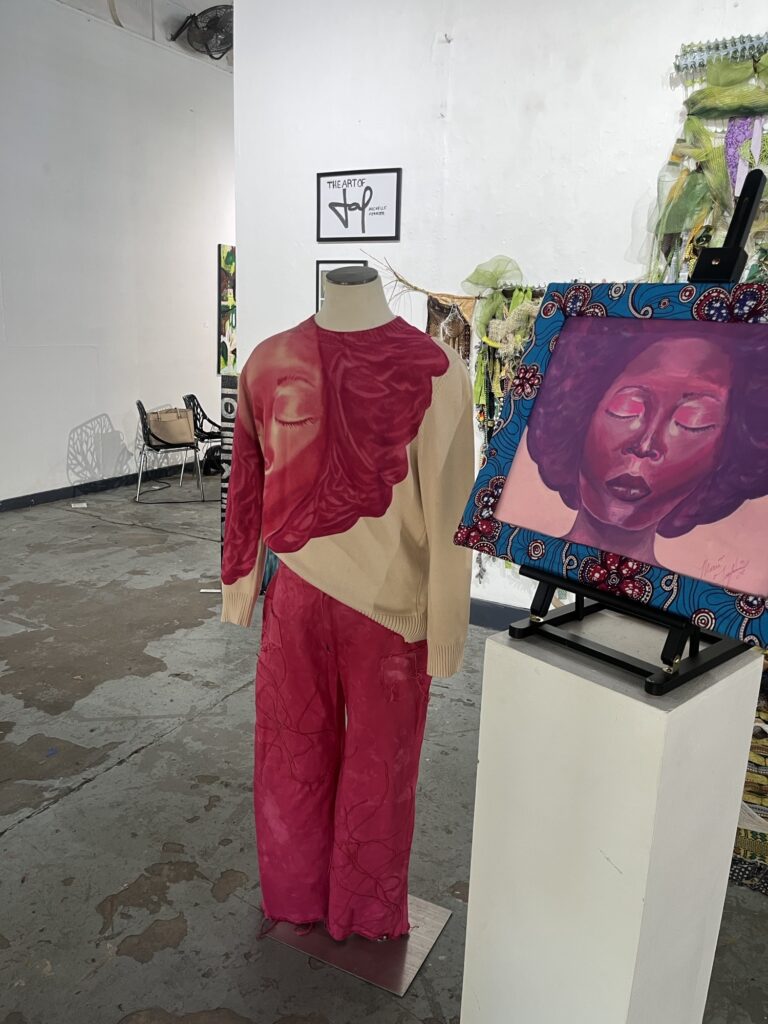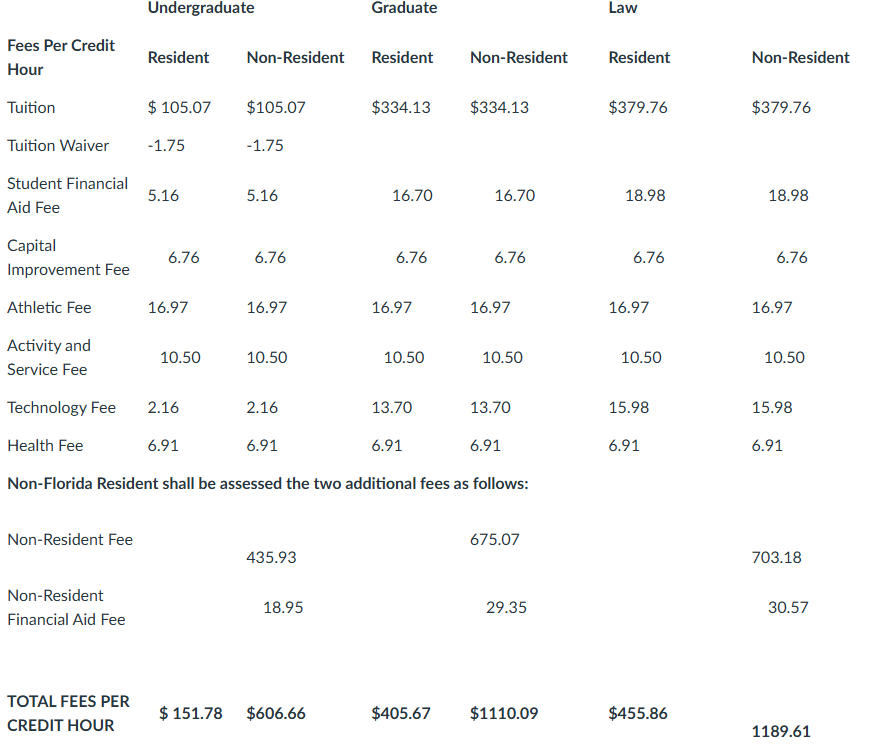A study by the Geena Davis Institute reveals that a large majority, around 80%, of black female characters are reported to have light or medium skin tones, putting a great question to the facade of inclusivity in Hollywood, with some questioning whether racially ambiguous black women are the new face of black women in film and TV.
In recent years, Hollywood has made great strides in promoting diversity and inclusion while providing opportunities for people of color both on and off camera. Nonetheless, one problem remains at the forefront for black actresses: the issue of an overwhelming love for a Eurocentric beauty standard. This is most evident in the disproportionate favor toward ambiguous black women over unambiguous black women in a distinct pattern that hasn’t gone unnoticed, raising questions about why fully black characters are often represented by mixed-race black women.
Casting Controversy
Films and series like Amandla Stenberg in “The Hate U Give,” Yara Shadidi in “The Sun is Also a Star,” and Zoe Saldana’s portrayal of Nina Simone exemplify this phenomenon. In 2018, “The Hate U Give” received backlash for casting Stenberg. However, in a 2019 interview with Black Girl Nerds, author Angie Thomas said, “It was never a matter of her being cast because she’s light-skinned…I also hope that people continue to speak up… about colorism in Hollywood.” Nonetheless, there tends to be a general idea that these light-skinned, loose-curled black women are more marketable than those who are less ambiguous.
DaCari Taylor, a writer, director, and producer currently working on a feature film, says, “Studios may be trying to kill two birds with one stone by giving us an actor who may relate to Black heritage but may also visually appeal to white viewers.” For years, studios have been told that black people aren’t sought after in film and TV. According to McKinsey & Company, there’s a misperception that content with black actors doesn’t perform well internationally. “In 2019, the top films with Black leads were distributed in 30 percent fewer international markets —yet they earned nearly the same global box-office sales as films with white leads and earned more…on a per-market basis.” Studios believe that by choosing these racially ambiguous black actresses in lead roles, regardless of whether they are portraying entirely black, they will profit more and entice a larger audience.
Limited Perceptions
This phenomenon has led to a decrease in authentic representations of black women on screen, which can create unconscious bias in real life. In a stage production of Romeo and Juliet in 2024, Francesca Amewudah-Rivers, an unambiguous black actress, was cast alongside Spiderman actor Tom Holland in Romeo and Juliet. Amewudah-Rivers received a lot of backlash for her appearance. Some stated she wasn’t fit to play Juliet due to her appearance and race. In a letter of solidarity, signed by over 80 black actors, featured in the Guardian, in response to the mistreatment, they said, “Many of us took to social media to shower our baby sis with love and congratulations…But then what followed was a too familiar horror that many of us visible black dark-skinned performers have experienced. The racist and misogynistic abuse directed at such a sweet soul has been too much to bear. For a casting announcement of a play to ignite such twisted, ugly abuse is truly embarrassing.”
Florida A&M University (FAMU), especially the theater program, pushes out ambitious black actresses yearly. Many of which are unambiguous black women. This narrowed portrayal of black women in film and TV poses a concern and obstacle for these actresses. Kristiana J. Holland, a theater major and aspiring actress at FAMU, says, “As a young upcoming actress, sometimes I feel discouraged from auditioning for parts or venture away from primarily black theater and film, mostly because of the beauty standards that have been set…in the industry.” Many black actresses become restricted in the roles they get or even audition for as a result of this overarching bias.
Being the Change
Nonetheless, the fight for change in the industry for unambiguous black women is far from over, especially for up-and-coming actresses like Jordan James; she says, “It… serves as a motivator. If I, a dark-skinned black actress, can be seen on…screen, that could serve as the first step toward ending the stigma around women who look like me.” The actress continues, “ It would show… we can portray beautiful and well-developed characters in an authentic and meaningful light.”














